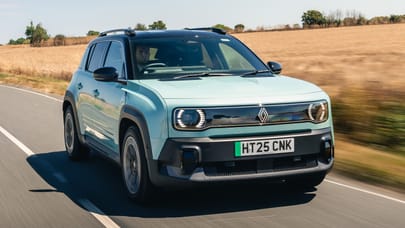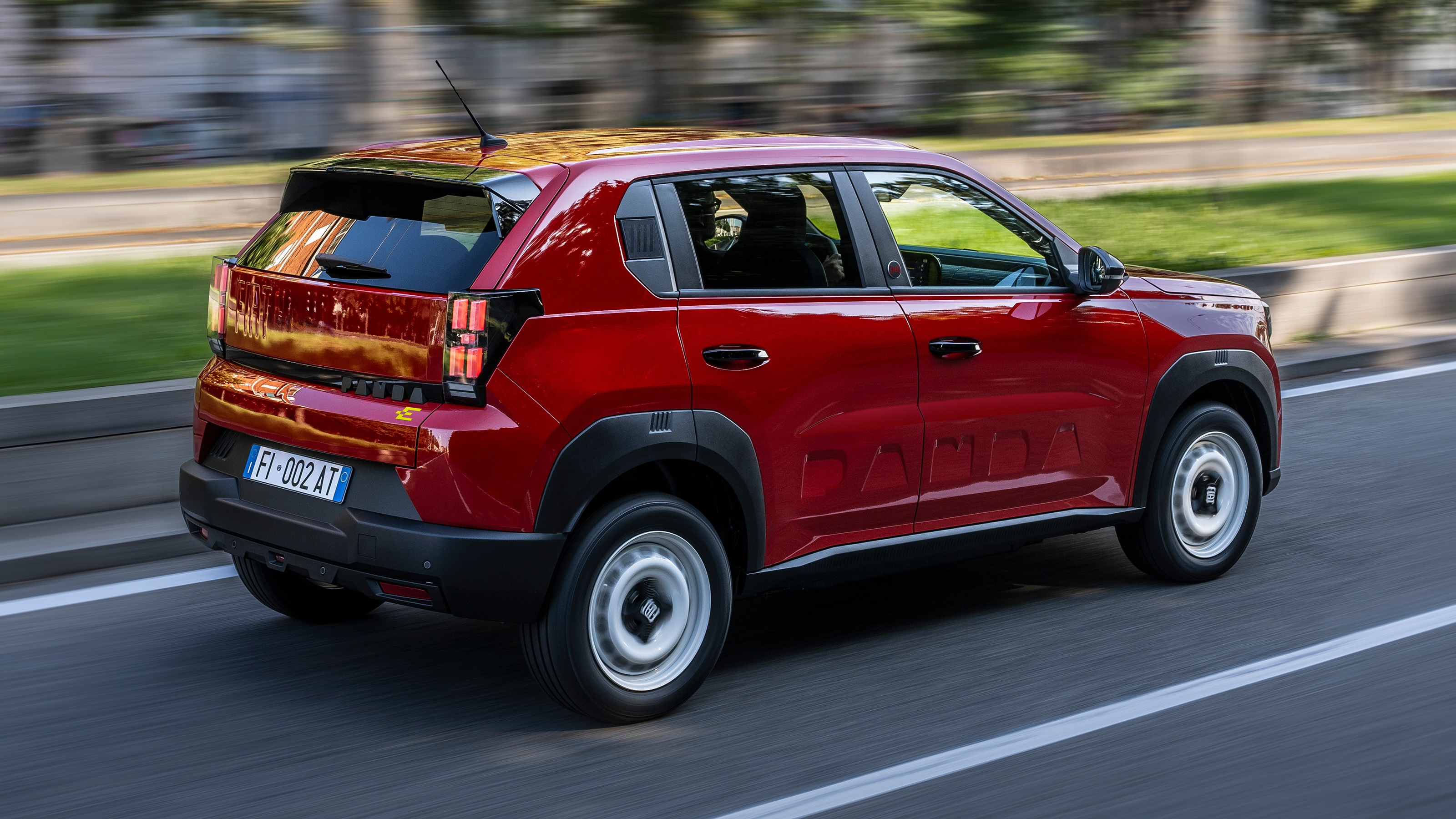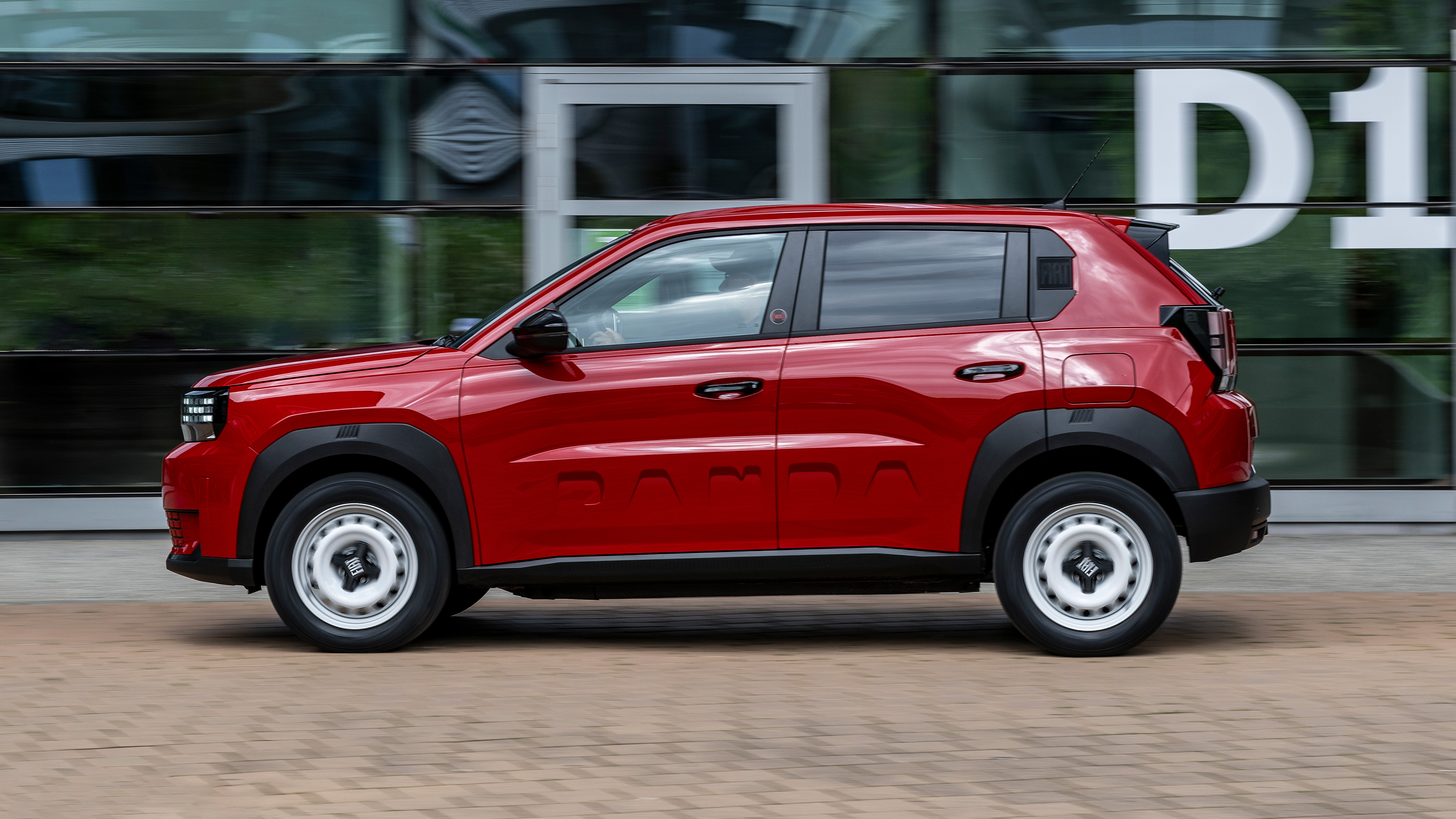
Interior
What is it like on the inside?
This isn't a generic supermini. The furniture is all bold geometries and fancy-dress colours. A denim blue predominates, bordered by streaks of hi-viz yellow. Sounds like an offence against taste and decency, but somehow it works. Really rather well.
Those seats are decently comfortable – unlike the 1980 Panda's hammocks – and the driving position is fine. Ahead is a screen with sparse information but it's presented with clarity and some lovingly designed fonts. Less is definitely more.
The air-con controls are real knobs (base version) or buttons (top spec, which has auto climate), which means the central touchscreen doesn't have much to do. For what little functionality is on there, the graphics are crisp, the icons are large and response is swift. We can't fault it, really. And you'll likely just use it for phone mirroring anyway.
Right, we know what you're going to ask next...
What is *that* on the dashboard?
That's Fiat's Bambox. Yep, 'bamboo' and 'box' squished together. It's essentially a second glovebox atop the, er, glovebox, presented in a material that lets you boast about being all sustainable and eco friendly.
Roll your eyes if you like, but we vastly prefer it to yet another blummin' screen just for the passenger. Yeah we're looking at you, executive saloon market. And the extra space is welcome, because the storage dotted around the cabin isn't all that generous.
What about for people?
Compact is the word we'd use. In the back there's plenty of headroom, and it doesn't suffer the common EV problem of shortage of foot space under the front seats. Even so, tall and big-boned adults will find it a squeeze. The boot is short but deep, totalling 361 litres in the EV and 412 in the petrol.
The stereo is surprisingly smooth and spacious-sounding for a cheap car.
Featured

Trending this week
- Car Review
BMW iX3






